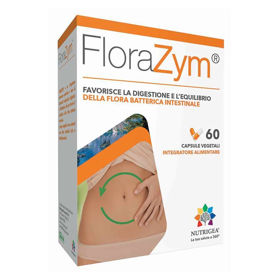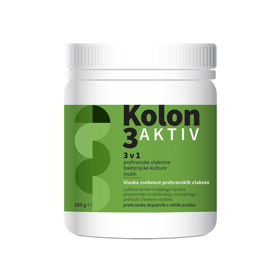Customer question:
How do we treat bunions? Anonymous customer's question
Pharmacist's answer:
Erysipelas is a superficial form of cellulitis, a potentially serious bacterial infection that often affects the lower extremities, with the face being the second most commonly affected site. For most cases of classic erysipelas, oral or intramuscular penicillin is sufficient, which must be taken for five days. Still, the treatment must be prolonged if the infection does not improve.
A first-generation cephalosporin can be used if the patient is allergic to penicillin.
How does a callus appear on the leg?
Erysipelas or shingles affects the upper layers of the skin. A typical symptom is a painful, warm, bright red swelling of a clearly defined skin area. Red streaks leading from this area can indicate that the infection has also started to spread through the lymphatic vessels. In severe cases, blisters may also form.
Can it be contagious?
Erysipelas is a unique form of cellulitis, often caused by streptococcal bacteria. Like other forms of cellulitis, it is not considered contagious because the bacteria must enter the body through broken skin, such as a cut, insect bite, or scratch.
Can a bunion be dangerous?
Complications occur if the infectious agent is not treated. Complications may include increased severity of lesions, including hemorrhagic, bullous, abscess, and necrotic (necrotizing fasciitis) complications. Erysipelas can be serious but rarely fatal, as local complications are more common than systemic ones. Erysipelas also has a quick and favorable response to antibiotics.
Interesting reading: Atopic dermatitis forum
Interesting reading: Erysipelas on foot picture













